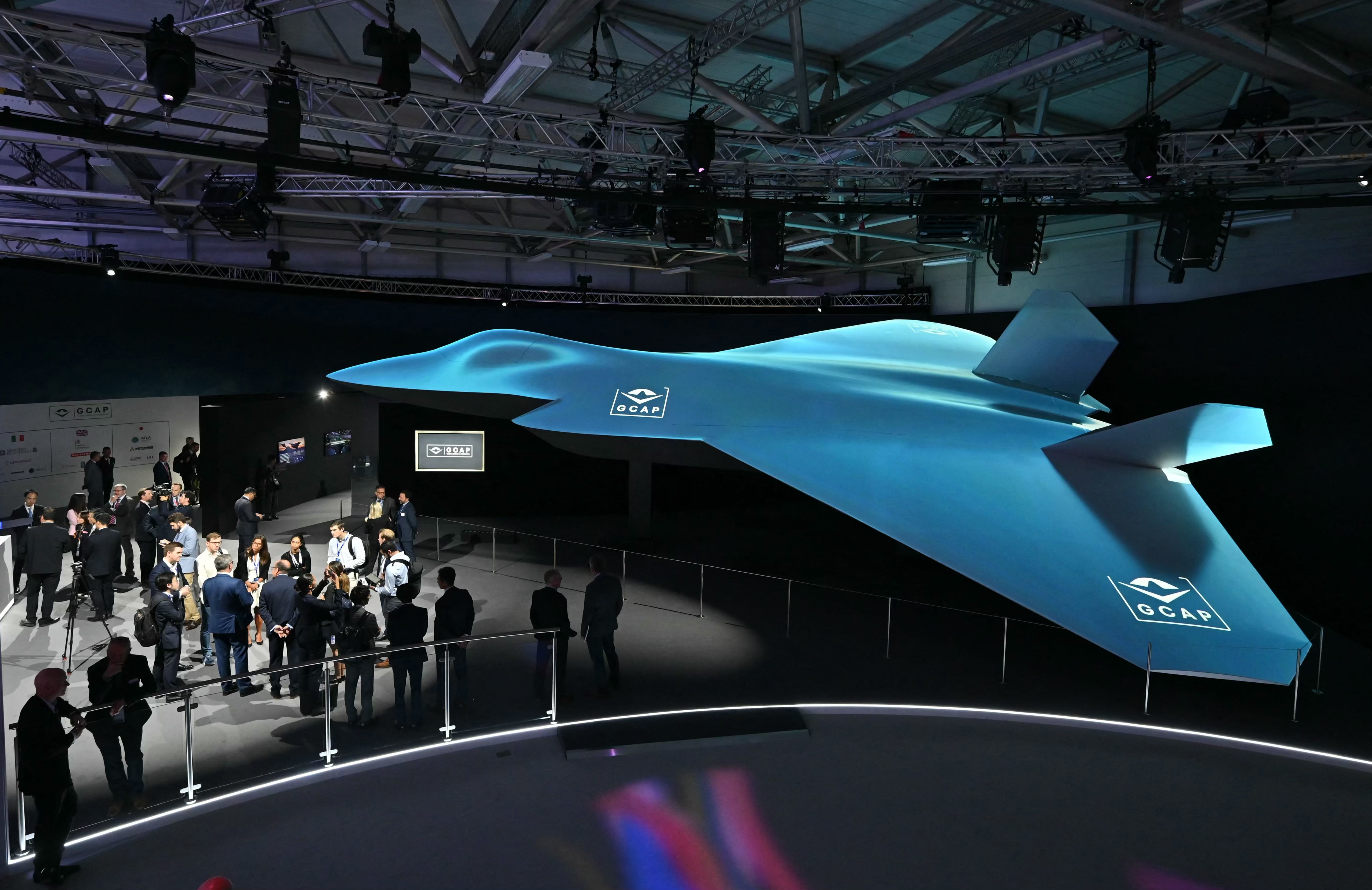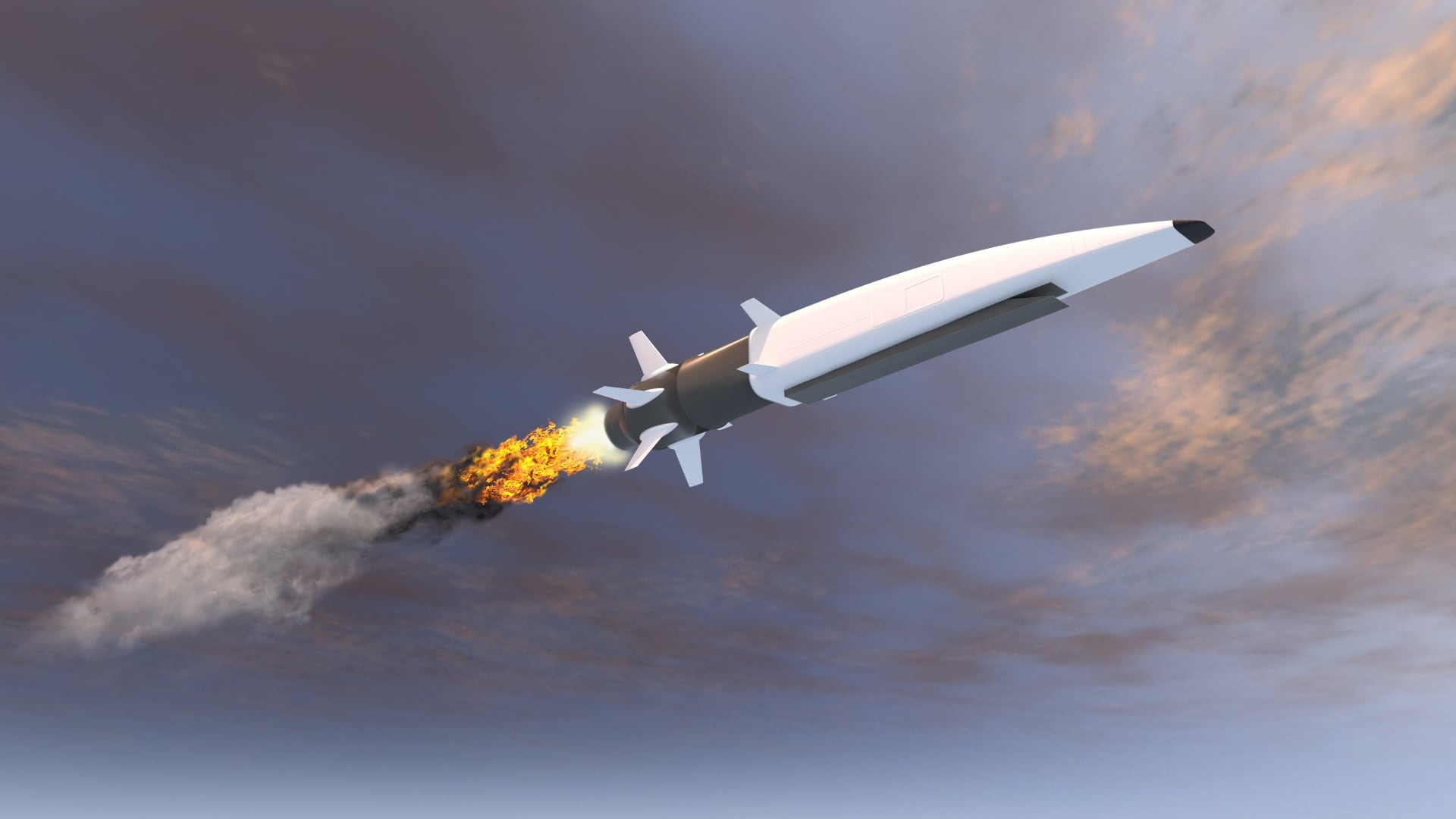ROME — The new sixth-generation GCAP fighter should be able to carry a wide variety of armaments and work with any number of different “Loyal Wingman” drones, a leading official on the UK-Japanese-Italy program has said.
British defense ministry official Group Captain Bill Sanders said the under-development platform needed to have a weapons bay ready to accept any armament used by the partners, by NATO and by the United States.
“Think about the lessons learned in Ukraine. As you go into a conflict you rapidly exhaust your stocks and you start to put pressure on the supply chain. What you want in that situation is the maximum ability to be able to dig into the other stockpiles and supply chains that are available,” he told Defense News on the sidelines of the International Fighter conference in Rome.
“Having a platform that can carry any NATO weapon, any U.S. weapon, any of the three nations’ weapons immediately gives the commanders in the theater flexibility,” added Sanders, who leads the UK’s Future Combat Air System (FCAS) Requirements and Concepting team which includes the GCAP program.
Sanders said another reason for weapons bay flexibility was the need to start carrying high-cost armaments at the start of a conflict to overcome enemy defenses - before needing to scale down to “dumb,” unguided bombs as those defenses became weaker.
“If we keep on using the most expensive weapons (throughout the conflict) the cost per kill, the cost per engagement is not sustainable. What we want to be able to do is start to pull apart the threads of the defensive system we are going against. We want to be in a situation where we can start to drop down the cost point of the weapons we are using,” he said.
With a flexible weapons bay, Sanders said “I can get the right weapon for the cost-per-kill ratio.”
Just as the GCAP needs to be able to use all weapons, it must be able to work with all drones known as Collaborative Combat Aircraft (CCA), Sanders said.
“You have to be in a situation where, just like the weapons, the GCAP can work with what it finds. It’s no mean feat,” he said.
Analyst Douglas Barrie said building a fighter able to work with different CCAs was logical.
“I would expect the UK, Japan and Italy all have CCAs they ‘own’ which are sovereign capabilities they will use with GCAP. Whether they eventually coalesce around a shared platform is an interesting question but at the moment they seem to be going independently because it gives you more choice, more flexibility,” said Barrie, a senior fellow for military aerospace at the IISS think tank.
The dawn of the era of Collaborative Combat Aircraft was a recurring theme at this year’s International Fighter Conference.
Turkish officials discussed how they might match a CCA with the 20 Eurofighters Turkey agreed to purchase last month.
Jorge Tamarit-Degenhardt, CEO of the Eurofighter, said he was concerned that adapting the fighter to work with numerous CCAs picked by different customers could prove costly.
“Can we develop CCA integration in different configurations in different countries? We cannot do everything at the same time. We don’t have infinite resources,” he said.
Tom Kington is the Italy correspondent for Defense News.








